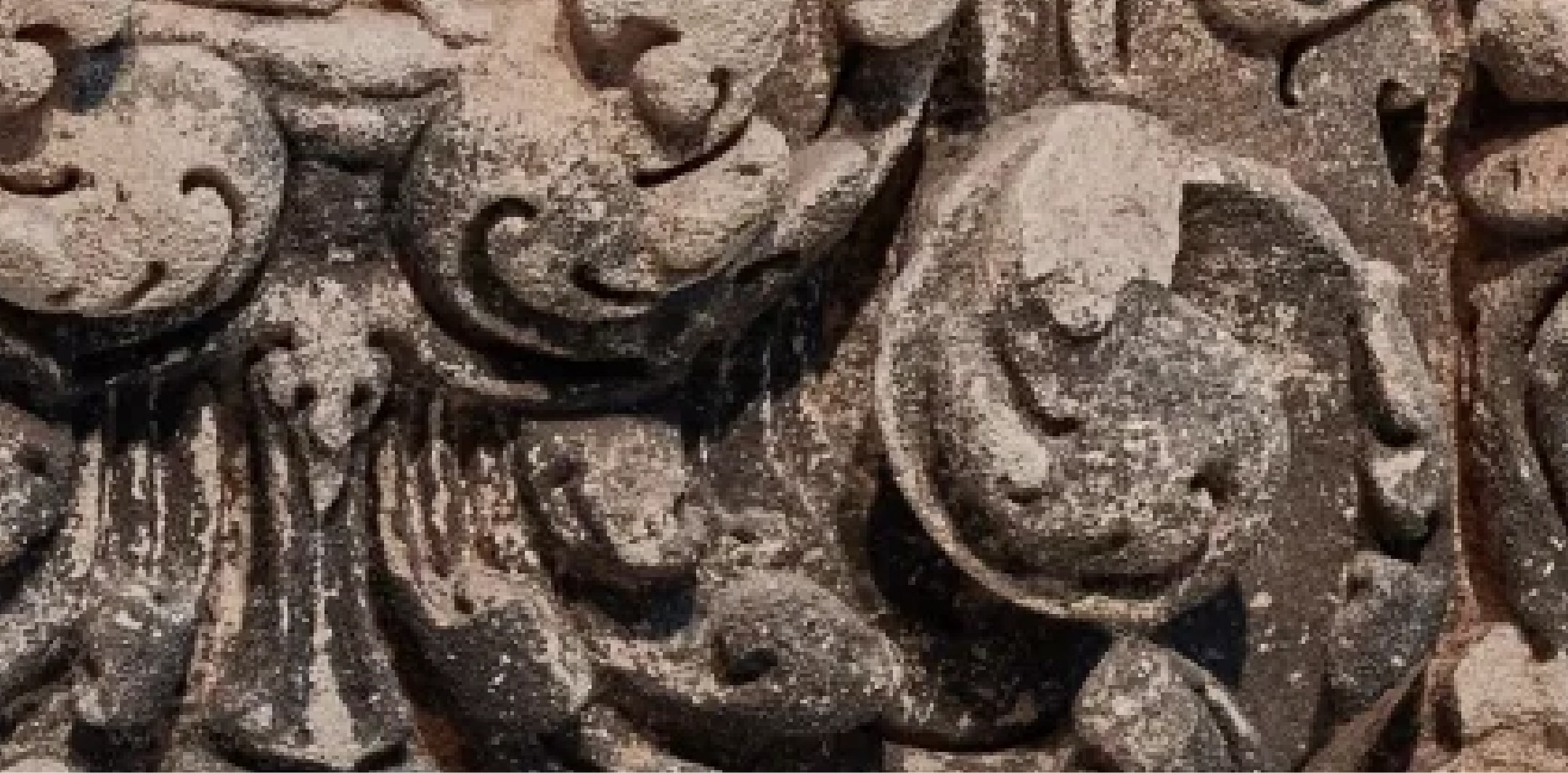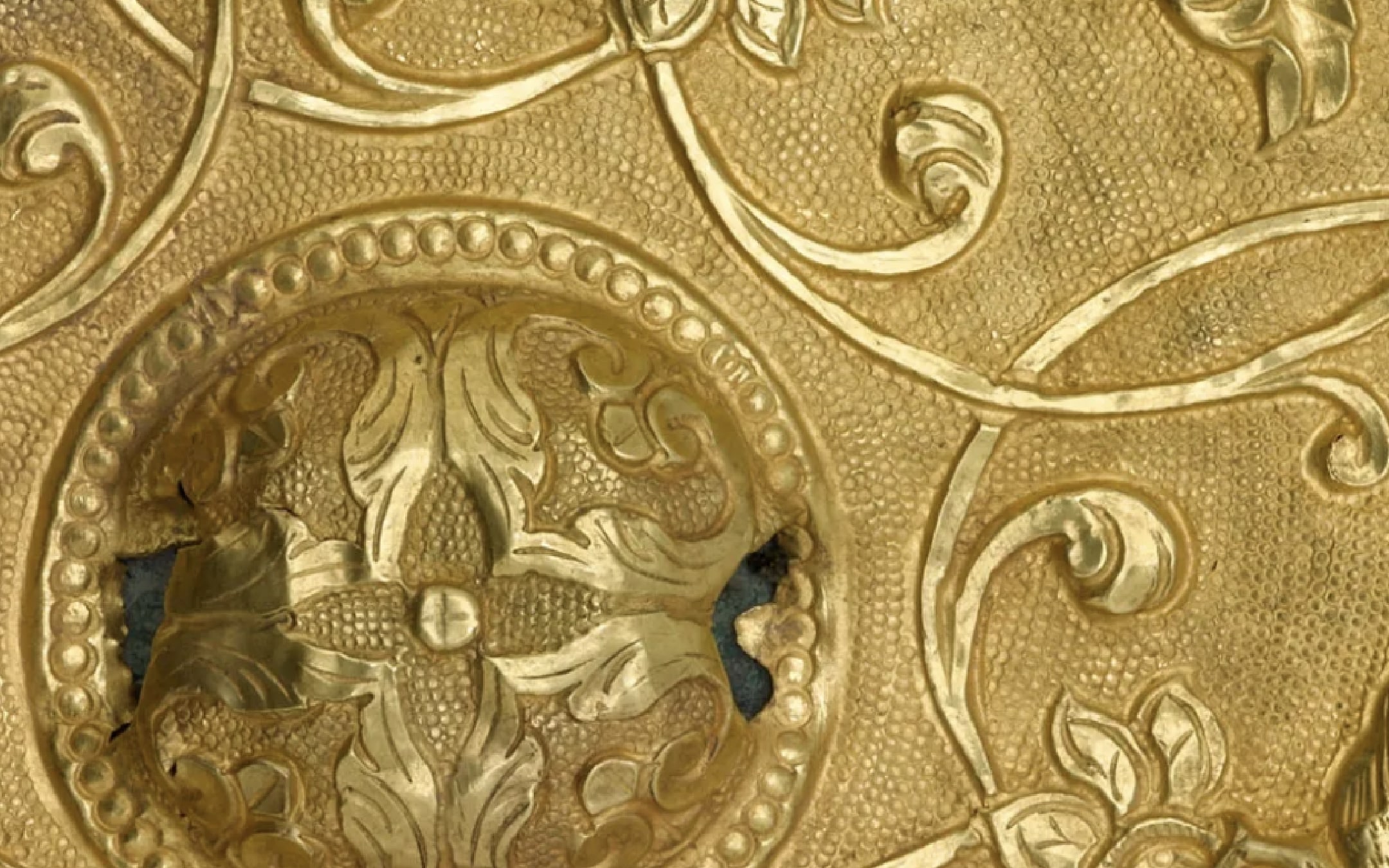Raja Sujan Singh of Bikaner smoking a hookah

Terms of Use
Usage Conditions ApplyAt A Glance
-
Period
ca. 1715-1720 -
Geography
Bikaner, Rajasthan state, India -
Material
Opaque watercolor and gold on paper -
Dimension
H x W (painting): 18.5 × 11.5 cm (7 5/16 × 4 1/2 in) -
Accession Number
S2018.1.84 -
EDAN ID
edanmdm:fsg_S2018.1.84
Object Details
-
Artist
Ustad Ahmad (active early 18th century) -
School/Tradition
Bikaner school -
Marks
Verso: Purple stamp of the personal collection of the Maharaja of Bikaner 1963, [dated notation entered by hand on] 17.8.64; inventory no. 5317Khet SinghKhet Singh -
Inscriptions
Verso: in Nagari: samvat 1803 miti bhadva(n) sudi 5 s(h)abi maharaja sujan singhji ri kam uste ahmad s(h)ha muhamad roSamvat 1803 bright half of the month of Bhadon, 5th day, likeness of Maharaja Sujan Singh. Work of the Master (Ustad) Ahmad, (son of) Shah MahmudInspection date: Sunday 10th August 1746Inspection date: Sunday 10th August 1746 -
Label
Raja Sujan Singh of Bikaner (born 1690, reigned 1700 -- 1735) enjoys a hookah from a terrace that overlooks a flowering garden and a misty landscape. The painterly sky, with swathes of gold wash near the trees and dilute washes in the sky, skillfully evokes hazy light. The painting's palette, its atmospheric landscape, and the distant white city on the hill point to the role that Deccani painting played in transforming Bikaner painting from a brightly-colored provincial idiom to a highly refined aesthetic in the late seventeenth century.The painting's pastel tones of lavender, pink, and salmon, its soft greens and diffused mauves, and the distant white city on the hill can be most directly traced to painting from the Deccani court of Bijapur.[1] Although Bikaner rulers had long ties to the Deccan, having served there as Mughal generals from the 1570s, Sujan Singh's father, Maharaja Anup Singh (r. 1674-98), became the governor of Bijapur following Emperor Aurangzeb's conquest of the kingdom. That close contact with Bijapur becomes visible in the folios of a magnificent Bhagavata Purana that Anup Singh commissioned.[2] The Sackler's superb folio from Anup Singh's Bhagavata Purana (c.1690-1700, S2018.1.46) demonstrates the synthesis of styles achieved by Bikaner paintings at the end of the seventeenth century, as well as the emotional depths that they instilled in landscapes bathed in golden light. Sujan Singh's portrait extends the synthesis of his father's sacred narrative into the genre of royal portraiture. -
Provenance
From ca. 1715 to 1964Personal collection of the Maharaja of BikanerFrom ? to 2003Francesca Galloway, London [1]From 2003 to 2018Catherine Glynn Benkaim, Beverly Hills, California, purchased from Francesca Galloway, London in 2003From 2018Arthur M. Sackler Gallery, partial gift and purchase from Catherine Glynn BenkaimNotes:[1] We were unable to trace the painting between 1964, when it certainly was in Bikaner, and 2003, when it certainly was in London. -
Collection
National Museum of Asian Art Collection -
Previous custodian or owner
Maharaja of Bikaner (1924-1988, reigned 1950-1977)Francesca Galloway, Ltd. (established 1992)Catherine Glynn Benkaim -
Origin
Bikaner, Rajasthan state, India -
Credit Line
Purchase and partial gift from the Catherine and Ralph Benkaim Collection — funds provided by the Friends of the National Museum of Asian Art -
Type
Painting -
Restrictions and Rights
Usage Conditions Apply
There are restrictions for re-using this media. For more information, visit the Smithsonian's Terms of Use page.
The information presented on this website may be revised and updated at any time as ongoing research progresses or as otherwise warranted. Pending any such revisions and updates, information on this site may be incomplete or inaccurate or may contain typographical errors. Neither the Smithsonian nor its regents, officers, employees, or agents make any representations about the accuracy, reliability, completeness, or timeliness of the information on the site. Use this site and the information provided on it subject to your own judgment. The National Museum of Asian Art welcomes information that would augment or clarify the ownership history of objects in their collections.
Keep Exploring
-
Related Resources
-
Date
-
Name
-
Place
-
Topic
-
Culture
-
Object Type

